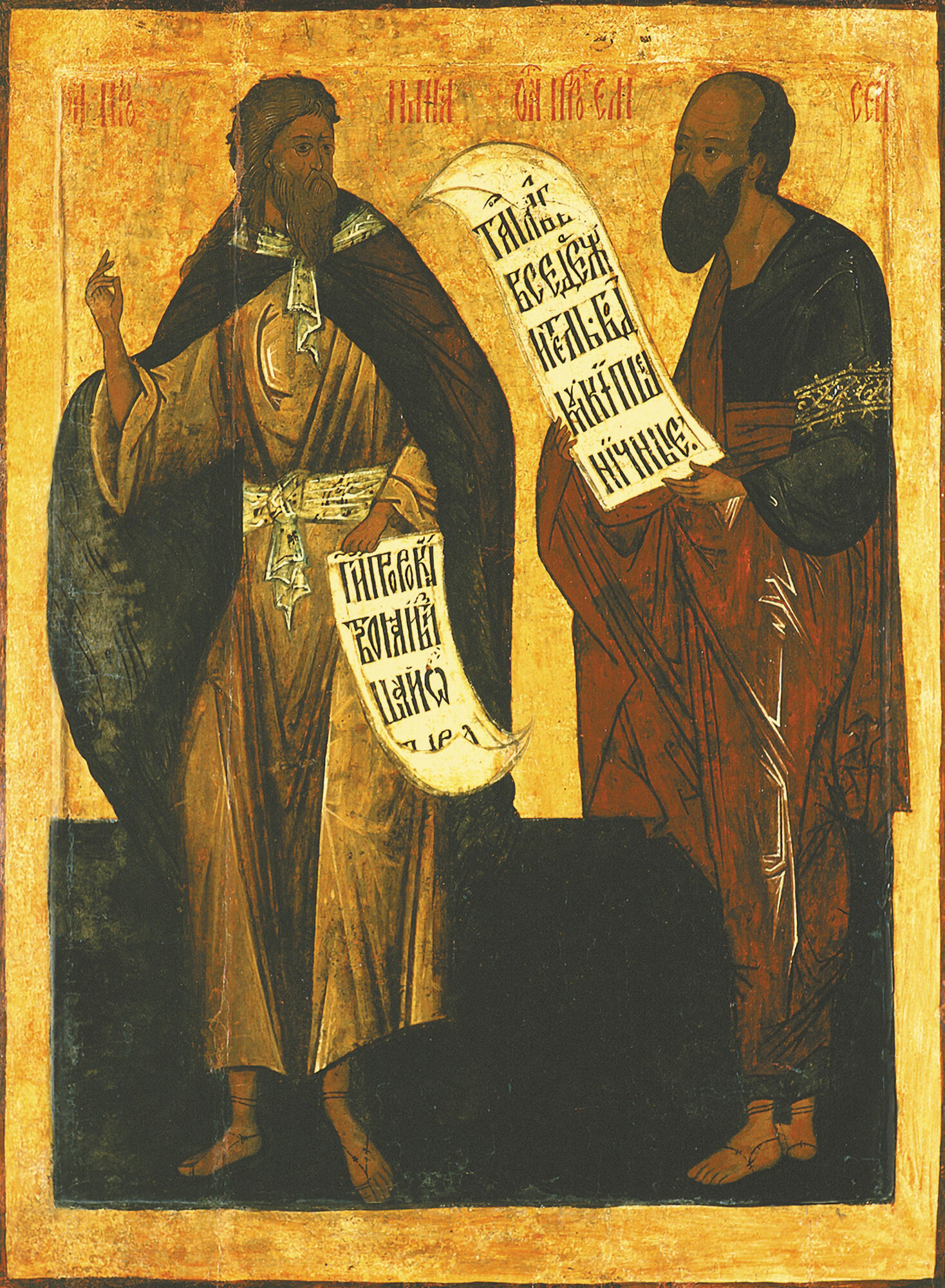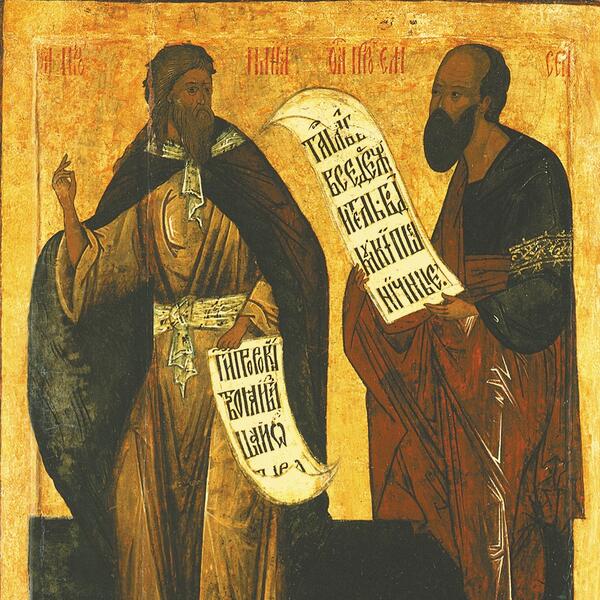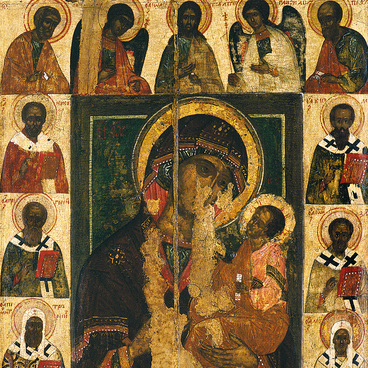When the Kingdom of Israel split into Israel and Judah and suffered a political and moral decline, prophets helped to maintain the knowledge of the Law of God. These prophets include Elijah and his disciple and successor Elisha.
Elijah was one of the most prominent prophets of the Old Testament. He bravely defended the faith in one God, while also exposing immorality and idolatry. He dedicated his life to serving God from childhood, became a hermit, and spent a lot of time praying, fasting, and engaging in righteous thinking, while also keeping an eye on what was happening in the country. His service coincided with the reign of King Ahab and the Phoenician Princess Jezebel who instituted the worship of Asherah and Baal when the faith in Jehovah started fading away. Responding to Elijah’s prayers, God manifested himself three times, showing both wrath (three years of drought and famine) and mercy (the resurrection of a widow’s son, and not letting her supply of flour and oil ever run out). Jewish and Christian writings alike say that Elijah was allowed to enter heaven alive on a chariot of fire. He was the second person to do so after Enoch who had lived prior to Noah’s flood.
The name of Prophet Elisha is associated with miracles of healing, resurrection, multiplying loaves of bread, and purifying poisonous food and water. He was also famous for his astuteness. He was bold and brave in talking to kings and punished those who disrespected the Law of God. This is illustrated by the story of the youths who mocked him. Elisha served as a prophet throughout the reign of six kings, the last of whom was Jehoash. Having a foreboding of the approaching parting, Elijah promised to give his successor any gift he would wish for. Elisha asked for a “double portion” of Elijah’s prophet powers. He did so not out of pride but because he realized that it was the only way for him to continue the legacy of his teacher. Elijah replied that Elisha would get what he had asked for if he saw his ascension. He did, and Elijah gave him his talent with the mantle he dropped from the chariot.
In the Bible, Elijah is described as a “hairy man, and girt with a girdle of leather about his loins” (2 Kings 1:8). This is how he is depicted in icons.
Dionysios of Fourna, an icon painter and an author of a manual on iconography, wrote that Elisha was “a young bald man with a rounded beard”. The Sofia copy shows some additional details of his image: a scarlet robe “blue on the reverse side”, a scroll in his left hand, and a blessing gesture in the right hand. It is also mentioned that the prophet looked similar to Paul the Apostle.
This image is one of the four icons from the oldest Prophets tier in Yaroslavl.
Elijah was one of the most prominent prophets of the Old Testament. He bravely defended the faith in one God, while also exposing immorality and idolatry. He dedicated his life to serving God from childhood, became a hermit, and spent a lot of time praying, fasting, and engaging in righteous thinking, while also keeping an eye on what was happening in the country. His service coincided with the reign of King Ahab and the Phoenician Princess Jezebel who instituted the worship of Asherah and Baal when the faith in Jehovah started fading away. Responding to Elijah’s prayers, God manifested himself three times, showing both wrath (three years of drought and famine) and mercy (the resurrection of a widow’s son, and not letting her supply of flour and oil ever run out). Jewish and Christian writings alike say that Elijah was allowed to enter heaven alive on a chariot of fire. He was the second person to do so after Enoch who had lived prior to Noah’s flood.
The name of Prophet Elisha is associated with miracles of healing, resurrection, multiplying loaves of bread, and purifying poisonous food and water. He was also famous for his astuteness. He was bold and brave in talking to kings and punished those who disrespected the Law of God. This is illustrated by the story of the youths who mocked him. Elisha served as a prophet throughout the reign of six kings, the last of whom was Jehoash. Having a foreboding of the approaching parting, Elijah promised to give his successor any gift he would wish for. Elisha asked for a “double portion” of Elijah’s prophet powers. He did so not out of pride but because he realized that it was the only way for him to continue the legacy of his teacher. Elijah replied that Elisha would get what he had asked for if he saw his ascension. He did, and Elijah gave him his talent with the mantle he dropped from the chariot.
In the Bible, Elijah is described as a “hairy man, and girt with a girdle of leather about his loins” (2 Kings 1:8). This is how he is depicted in icons.
Dionysios of Fourna, an icon painter and an author of a manual on iconography, wrote that Elisha was “a young bald man with a rounded beard”. The Sofia copy shows some additional details of his image: a scarlet robe “blue on the reverse side”, a scroll in his left hand, and a blessing gesture in the right hand. It is also mentioned that the prophet looked similar to Paul the Apostle.
This image is one of the four icons from the oldest Prophets tier in Yaroslavl.



